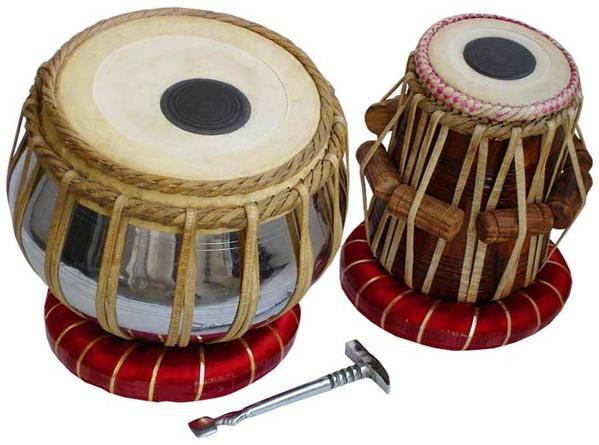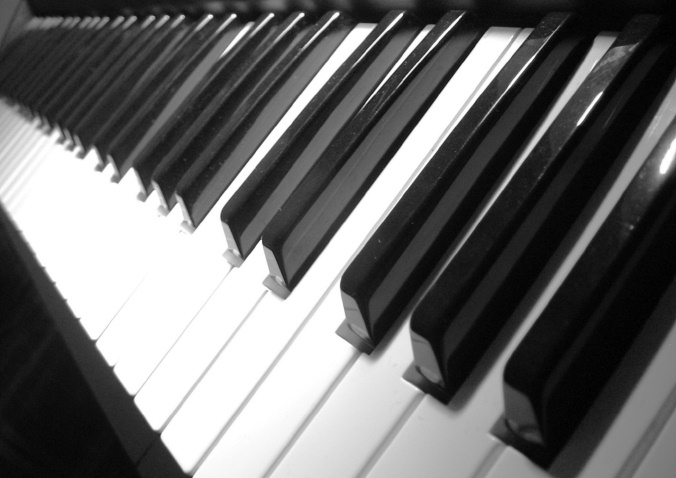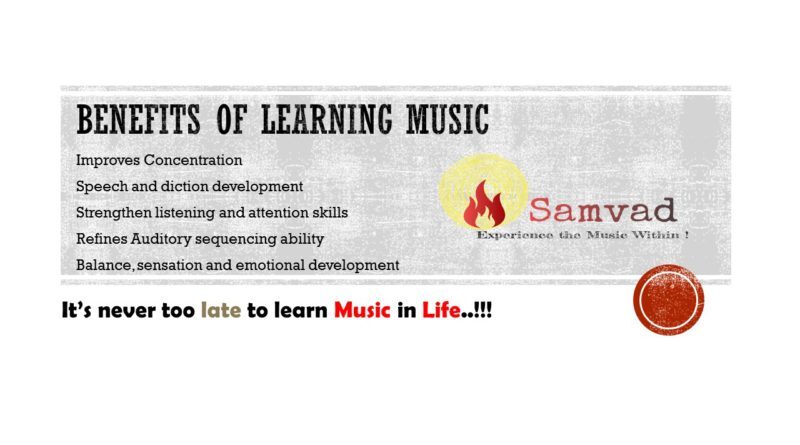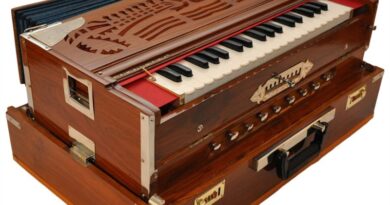Indian Classical Music Training in Sydney and Online
Training
(1) Understanding how your fingers, hands, arms, etc. move on your Instrument
(2) Condition your musical thinking to execute these with ease and control.
What to know …to progress in your Keyboard, Harmonium, Vocals, Tabla skills..!

2. Learn to play Harmonium.
3. Vocal Training (Indian Classical, Ghazals)
4. Training in Tabla.
2. Training in Harmonium.
3. Training in Piano or Keyboards by the Ear.
4. Training in Tabla.

If you closely observe some of the great musicians of yesteryears, you will notice the mastery they had over both Sur (Gayaki) as well as Taal (Layakari, Tantakari).
To elaborate further Vocal Music as well as all the instruments like Sitar, Sarod, Flute come under the category of SUR.
All of them present melody, their source may be different. For a vocalist it’s their voice, for a Sitarist it’s their Sitar and so on.
Tabla, Pakhwaj, Mridangam etc come under the category of Taal.
A tabla Solo concert of will be a dedicated presentation of Tabla patterns, phrases etc. Rhythm only.
Its observed that students have a tendency to focus their attention, skills and effort to the presentation of their Instrument or voice alone.
While the results might be satisfying (both personally as well as monetarily), we feel that it leaves you incomplete as a musician.
On the other hand if you have exposure and greater understanding over both the aspects, it will make you more flexible as a performer.
If this style of learning is adopted right from the start students can not only enhance their core ability, but also gain a better understanding of music as whole.
1. Vocalists will be given primary training in Vocals (Raaga and Scales) but will also be encouraged to understand the basics of Taal patterns, tabla bols and rhythm cycles.
2. Tabla Players will be imparted primary training in Tabla but will definitely be encouraged to purse basic understanding about various musical gharanas and presentation styles which will help them to progress as a tabla accompanist as well.
3. Keyboardists will also be asked to gain an understanding of taal, Rhythm as well as vocals along with primary training in Keyboard.
4. Students are encouraged to develop their personal explanation about what they have learnt and present it along with a music performance at a musical gathering we conduct every quarter at SAMVAD. This session gives the students an experience of facing the crowd and conquering stage fear.
Although it might seem unconventional, this method of training generates a serious interest in students as they can now see how both SUR and TAAL contribute towards an enchanting musical experience and also helps them enhance their creativity.
It’s observed that students come up with their own ideas, patterns in music after training with Samvad and there is more interaction between students.


